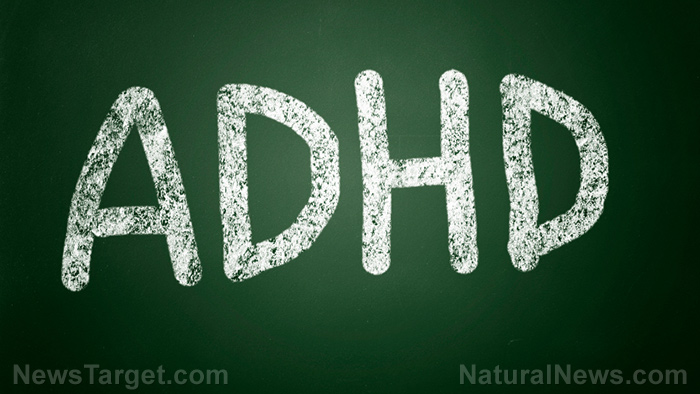White noise found to be just as effective against ADHD as dangerous psychiatric drugs
05/10/2017 / By Bridgette Wilcox

While attention deficit hyperactivity disorder (ADHD) is typically treated with a psychiatric drug prescription, a new study has found a possible new solution that is simpler, and less harmful. The Scandinavian study revealed that white noise may be effective in improving focus in children with ADHD, making it a suitable alternative to ADHD medications that come with a lot of health risks.
Researchers from Stockholm University explored the effects of white noise on 51 secondary school students in Norway, TheGlobeandMail.com reported. The group was evaluated to determine the children who had difficulty paying attention in class. The researchers then administered a test where the students had to look at a list, remember as many items as possible, and read it aloud. Some had white noise in the background, while others didn’t. The results of the test revealed that children who had attention problems did better when white noise was present.
While the researchers cannot give a conclusive reason as to why white noise improved focus, lead researcher Goran Soderlund shared his theory: He pointed out that people with ADHD usually cannot sit still, and are constantly fidgeting and doing repetitive movements. “I think that activity translates into a kind of neural-noise in the brain — and it’s their way of increasing their arousal and attention,” he said in the same TheGlobeandMail.com story. The white noise may affect the brain in the same way, maximizing students’ attention and allowing them to focus.
According to the article, while the study is significant, other factors need to be considered before white noise is used in schools. Apart from possibly distracting students who don’t have attention problems, the white noise that was used in the study was played at a high volume: 78 decibels, to be exact.
100% organic essential oil sets now available for your home and personal care, including Rosemary, Oregano, Eucalyptus, Tea Tree, Clary Sage and more, all 100% organic and laboratory tested for safety. A multitude of uses, from stress reduction to topical first aid. See the complete listing here, and help support this news site.
Whether white noise makes its way to school classrooms or not, the study’s findings are groundbreaking, particularly for those who are averse to taking ADHD medication and are looking for alternative treatments that don’t have any short- or long-term risks.
ADHD risks
Whether to put one’s child on medication or not is one of the biggest concerns of parents who have ADHD-diagnosed children. Typical drugs prescribed to children with ADHD include Ritalin and Adderall — both of which are stimulants that are considered to be effective and safe by most doctors. However, as pointed out on UniversityHealthNews.com, the long-term side effects of these drugs are unknown. At the same time, short-term side effects are not at all pleasant: ADHD medications are known to cause headaches, insomnia, lower appetite, and even depression. The drugs also put patients — both adults and children — at higher risk for heart disease. The article noted that the benefits of ADHD medications might not even outweigh the risky side-effects. It goes one step further, citing a study published in the Journal of Health Economics that questioned if ADHD medicines are even effective at all.
The results of the study showed that children who were taking ADHD medication did not particularly excel academically. Even further, it found that girls on medication were at greater risk of depression, and had a lower chance of getting post-secondary education.
With prescription ADHD medication shrouded in mystery, considering other treatment options may be the best thing to do for a diagnosed child. White noise is not the only other option, too. Making dietary changes to avoid sugar and artificial additives has been known to help, as well as engaging in mind-body exercises such as yoga.
Follow more news on psychiatry at Psychiatry.news.
Sources include:
Tagged Under: adhd, mental health, natural treatment




















